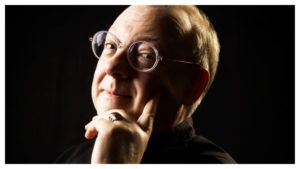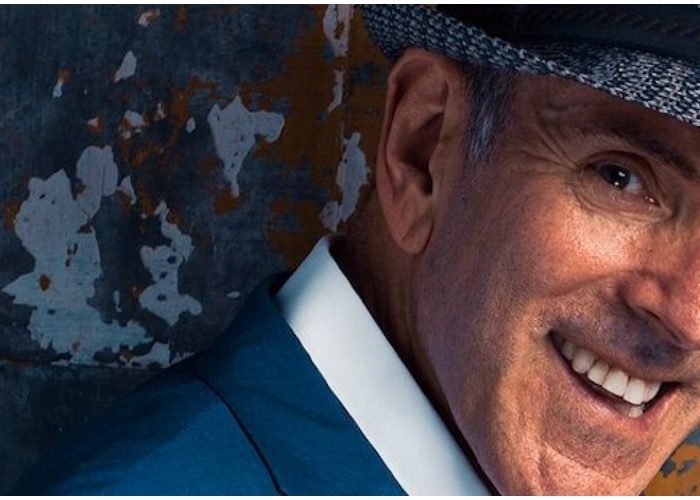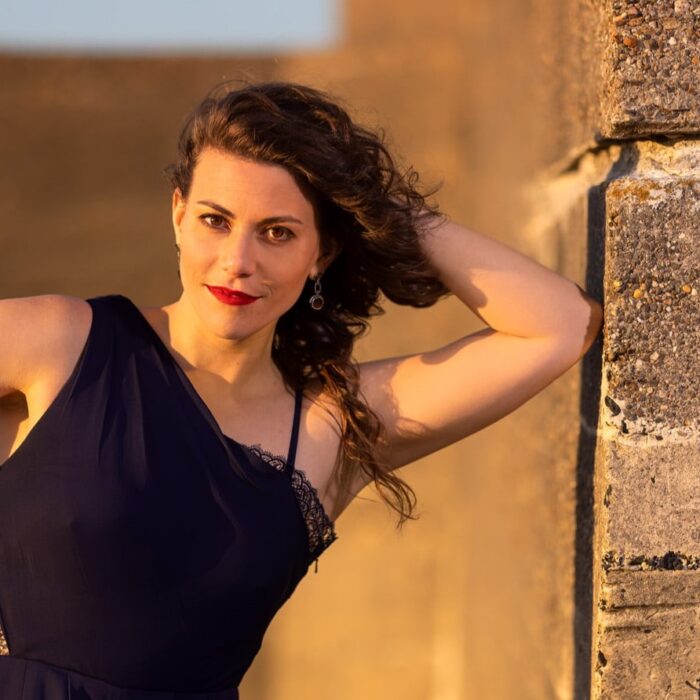
Interview: Reviving Rameau’s ‘Le Temple de la Gloire’
Conductor Nic McGegan On The World Premiere of the Baroque Masterpiece
By David SalazarNic McGegan and Philharmonia Baroque Orchestra (PBO) have accomplished a plethora of amazing experiences together.
McGegan, who has been the music director of the orchestra, since 1985, has made numerous recordings with the organization, particularly of early works including Handel’s “Messiah,” “Dido and Aeneas,” and the concertos of Corelli, among many others.
But McGegan and his orchestra may have topped all those other notable efforts with its upcoming release of Rameau’s “Le Temple de la Gloire,” which the conductor noted featured the composer at the height of his powers.
“It is a collaboration between France’s greatest composer of the time and Voltaire, the finest dramatic writer,” noted McGegan about the importance of the piece. “There were three such collaborations between them but sadly the first one is now lost. The other is ‘La Princess de Navarre,’ which I’ve also recorded in the 1980’s.”
Reviving An Original Version
The recording is essential because it is the first ever of the original version of the opera. The work’s first version was given in Versaille in 1745, with a second version given a year later in Paris. Per McGegan, the original score, which McGegan and the PBO performed and recorded last year, exists only in manuscript in the library at UC Berkeley.
“There are many small differences between the two versions but the main one is that the second version somewhat dilutes Voltaire’s message about what makes a good ruler as opposed to ones that are louche, bloodthirsty or tyrannical,” McGegan noted regarding the differences between the two versions. “He also adds more amorous scenes designed to appeal to the Paris public.
“It was amazing to us that in the Age of Trump, Voltaire’s message still resonated loud and clear to a modern audience.”
Discovering the Score
McGegan, who is also an expert in early music, flutist, and harpsichordist, was alerted to the existence of the score in the early 1990s by Victor Gavenda, who was one of the company’s chorus singers. Gavenda was studying the score for his Ph.D. at UC Berkeley and reached out to the conductor in hopes that the PBO would record or perform some of the music from the opera.
“We did record a suite of dances from the Berkeley version of the opera but it took another twenty years before we were able to stage and record the whole piece,” he noted. “A dream come true!”
Unlike more traditional recordings, this project was far from a simple experience.
“A lot of factors have to come together to bring such a big project to fruition,” McGegan explained. “It is a bit like a perfect alignment of planets and almost as hard to achieve. Firstly, one has to have the will, energy and drive to put everything together. Then one has to assemble a team willing to do the hard work. One has to be able to raise the money not only for the music but also the staging, scenery etc. Then one has to get a stage and design team together to make the dream a reality in the theatre. Then the piece has to be cast and the dancers engaged. These must be artists familiar with baroque singing techniques and dance of the period.”
A Challenging Process
The process kicked off when Cal Performances came with an initial offer to use their theatre and resources for the show. McGegan noted that the manuscript of the opera was already at the University of California and thus the project “was of more than academic interest.”
Once the performances were set up, the Centre for Baroque Music at Versailles stepped up to aid in casting and the edition. Among the major collaborators was Benoît Dratwicki, who “was also an excellent diction coach to the non-French singers.”
“We were able to draw on a team of set -lighting- costume designers who had worked together with me in Handel productions in Germany,” he added regarding the final steps toward the full production. “Once each element had been individually put together, we had a fabulous assembly team to make sure that everything came together smoothly.”
But there was one major constant without which the project could never have succeeded.
“PBO has an amazing board who got behind the project and were also very generous with their support,” McGegan noted. “PBO’s staff were tireless in their efforts to get everything prepared and then to coordinate everything once things began to come together.”
Not only did the team come away with memorable performances. But also, a recording, which was always part of the plan.
McGegan did clarify that recording a live performance, as opposed to a studio session, presents its own issues. First off, the audio includes a ton of stage and audience noise, which under other circumstances could be patched up in editing. But there was no patch session for this set of performances.
Despite some of this extra noise, McGegan is happy with the sound quality, crediting the work of David Bowles.
“David Bowles did a terrific job of recording the performances, having to place microphones where they could not be seen by the audience or tripped over by the cast,” he noted. “He then had to edit from all the performance material to produce the best version of each passage. Where possible he was even able to edit out audience coughing. Personally, I find their applause adds to the drama rather than taking away from it. It may not be as perfect as a studio recording but you really feel that you are there in the audience and, for me, that more than makes up for the odd imperfection.”


